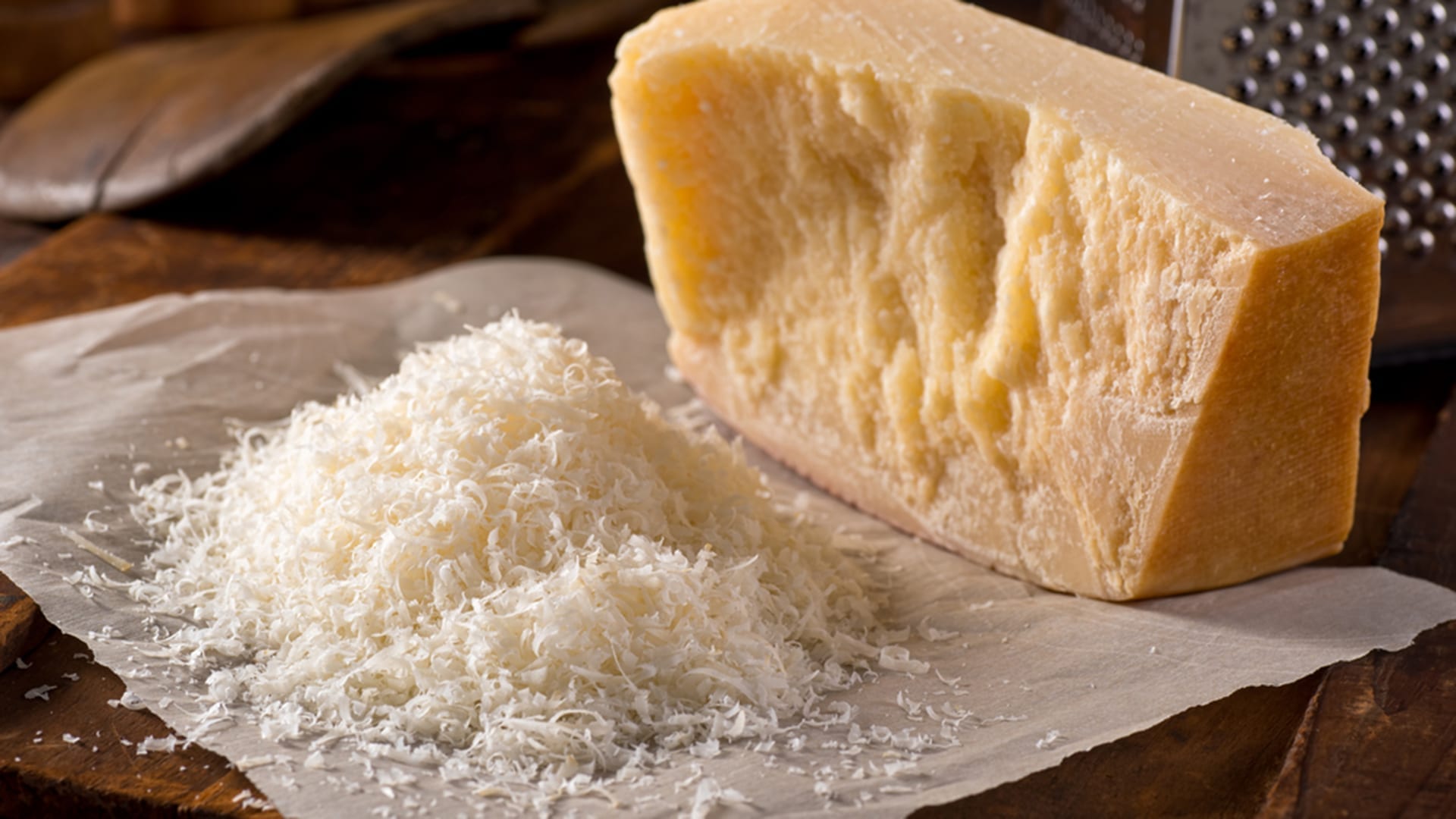Legumes, also known as pulses, come in a variety of shapes and colours. In fact there are many different types including adzuki beans, lentils, chickpeas, split peas, mung beans, soy beans, pinto beans, red kidney beans and cannellini beans. Even peanuts are technically a legume.
Why are legumes so important for health?
Legumes are incredibly rich in a range of essential nutrients including protein, carbohydrates, dietary fibre, minerals and vitamins. Some of the main health benefits of a diet high in these beans include:
- Legumes on average contain twice as much protein as grains and cereals and almost the same amount as found in meat, eggs, fish and dairy products.
- Legumes are also valuable anti-ageing tools! One study has shown that eating legumes may help limit the development of wrinkles and help in the production of elastin in the skin.
- Legumes are excellent sources of B vitamins, iron, zinc, calcium and magnesium and many contain omega-3 fatty acids.
- They contain two important types of fibre: one which helps control blood sugar levels (legumes have a low glycaemic index), control appetite and lower cholesterol levels; and the other which helps ease constipation and may protect against colon cancer.
- Soy beans in particular, are high in natural compounds called phytoestrogens. Research over the last 20 years has shown that phytoestrogen rich foods are linked to a reduced risk of some cancers including breast and prostate, heart disease and stroke, osteoporosis and problems associated with menopause.
Time-Saving Tips:
Many people don’t eat enough legumes because they don’t know how to cook them or find them too difficult to cook. The truth is, there are some really easy ways to use legumes in quick and delicious meals for the whole family. Here are some time-saving tips to help you include more legumes in your diet:
- If strapped for time, try stocking up on some pre-cooked canned legumes such as chickpeas, bean mixes and red kidney beans.
- Not all legumes need to be pre-soaked. Lentils and split peas do not need soaking and are great additions to soups, curries and pasta sauces.
- You can buy a variety of tasty ready-made legume dishes from supermarkets and delis including hummus dips; baked beans; soy products; minestrone soup; ready made veggie burgers, Mexican foods (eg burritos); falafel balls; pappadams and dhal. And that’s just a few options!






Be the first to comment on "What’s Your Pulse Rate?"